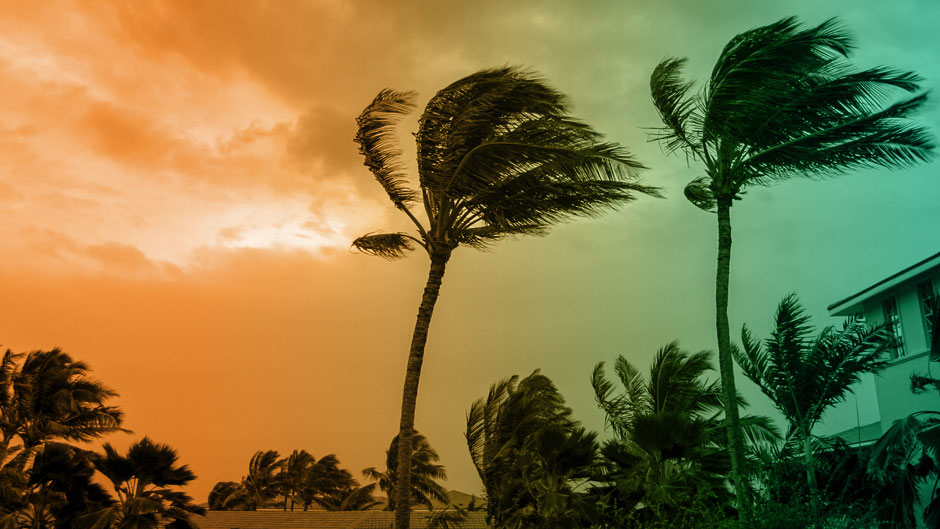The first warnings for the “Great Miami Hurricane” of 1926 occurred days before the ferocious storm made landfall. With little advanced notice, the area and the University—which that same fall welcomed its first full-time students—were unprepared.
Nearly a century later, lessons of hurricane preparedness are deeply ingrained at the University. The Office of Emergency Management, within Facilities Operations and Planning, facilitates a proactive, systematic and holistic approach that resembles a science.
Learning from the past
In 2017, Hurricane Irma left a jungled wake of debris on campus before ripping into the Caribbean where it caused immense destruction. The first major storm to impact the University in 12 years taught some valuable lessons.
“The storm drove a significant amount of change based on lessons learned about damage evaluation and debris clearance, and adopting a phased approach is one of the outcomes,” said Matt Shpiner, director of the University’s Office of Emergency Management (OEM).
Since Irma, OEM has forged stronger relationships and increased its redundancy for response and recovery with University supply contractors. Additionally, the team has implemented a five-phase systematic post-storm plan.
Eli Stephan, associate director for Facilities Operations and Planning, manages a wide range of tasks that includes responding to the 100,000 calls the office receives yearly that range from a lightbulb being out to questions about an approaching storm.
“We’re constantly evaluating areas of improvement to know how we can better prepare and partner with colleagues to help the University respond—and safety is at the top of each of our plans,” Stephan said.
Prep for success
While no preparation can ever fully contain Mother Nature’s fury, the University’s plan—which is updated and assessed throughout the year—emphasizes communication, coordination, and practice to prepare for the worst of scenarios.
The team increased active exercises this year prior to the hurricane season, which for our Atlantic region runs from June 1 and to Nov. 30. “While the season is a handful of months, we’re working all year long, refining and revising our plans,” said Jessica Brumley, vice president for Facilities Operations and Planning.
OEM held two half-day functional exercises this spring that give a wide number of University personnel hands-on, real-time experience with addressing a simulated disaster, in addition to several other training sessions and leadership meetings, held year-round and leading up to June 1.
“No matter how much you plan, be certain that there will be something unexpected that happens; the more the team works together and makes plans prior to events, the more prepared they’ll be to handle any scenario,” said Brumely.
In the event of a major storm, what should the University community know?
“We’re making decisions based on data provided by experts," Brumley said. "One of the things that happens when you’re viewing a disaster scenario from another state or place is that you’re getting a glorified picture of it on the news that may not be the reality. What we’re communicating through the emergency notification network to employees, students, and parents is the most accurate and up-to-date information available.”
University faculty, staff, students, and families should feel confident that the University hurricane preparedness team takes its mission very much to heart.
“We take the planning process as seriously as we take the storms,” said Shpiner.
For more information, visit Emergency Preparedness.

